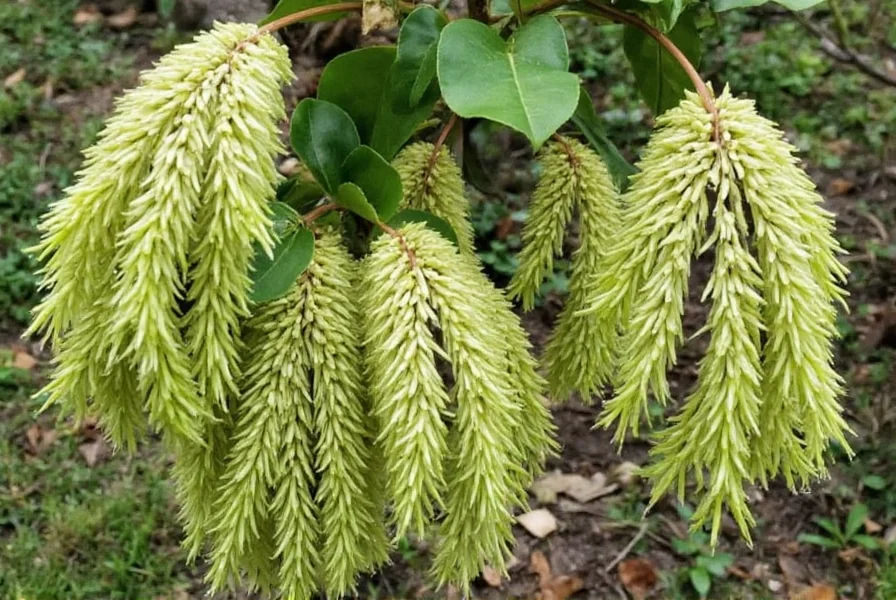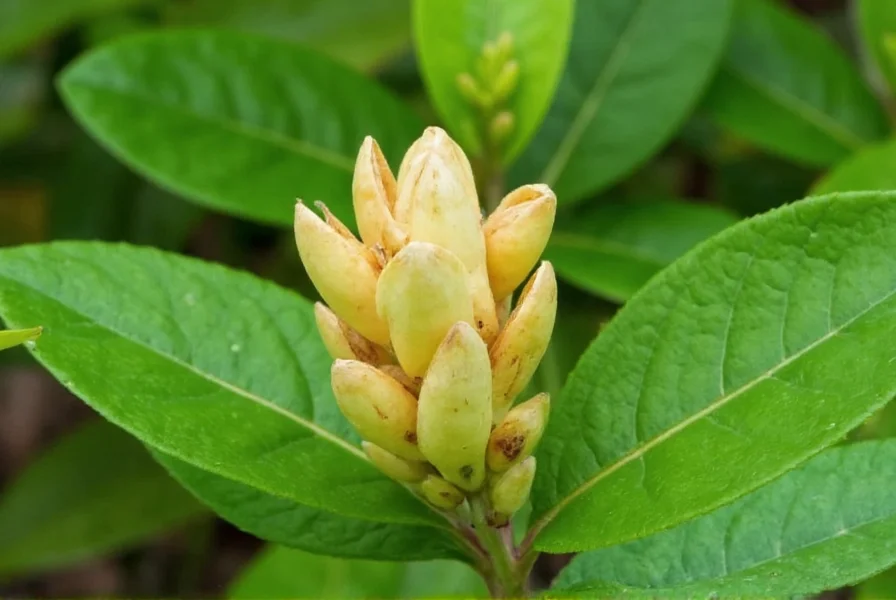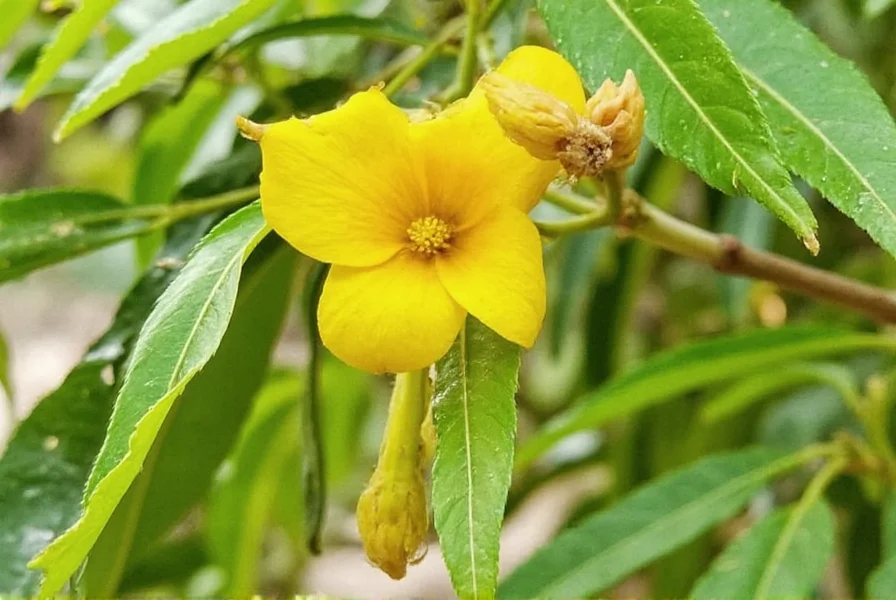Island ginger, scientifically classified as Alpinia zerumbet, represents a distinctive member of the Zingiberaceae family that has adapted to thrive in tropical island environments. This versatile plant serves both ornamental and practical purposes across Pacific and Southeast Asian cultures, where it's been cultivated for centuries. Understanding its unique characteristics helps gardeners, chefs, and cultural enthusiasts appreciate why this particular ginger variety has become integral to island ecosystems and traditions.
Botanical Characteristics of Island Ginger
Island ginger stands apart from common ginger with several distinctive features. The plant typically reaches 6-12 feet in height, featuring long, glossy leaves that can grow up to 24 inches long. Its most recognizable characteristic is the spiral arrangement of pink and white shell-shaped flowers that bloom in late summer. The rhizomes, while resembling common ginger in structure, contain lower concentrations of gingerol (the compound responsible for ginger's pungency) and higher levels of citral, giving island ginger its characteristic citrus aroma.
| Characteristic | Island Ginger (Alpinia zerumbet) | Common Ginger (Zingiber officinale) |
|---|---|---|
| Height | 6-12 feet | 2-3 feet |
| Rhizome Flavor | Mild, citrus notes | Sharp, pungent |
| Primary Growing Zones | Tropical islands, USDA 8-11 | Tropical regions, USDA 9-12 |
| Flower Appearance | Shell-shaped, pink-white | Yellow-green |
| Traditional Culinary Use | Teas, flavoring, wrapping | Cooking, medicinal preparations |
Geographical Distribution and Habitat
Native to southern China and Japan, island ginger has successfully naturalized across numerous Pacific islands including Hawaii, Okinawa, and various Caribbean locations. This plant demonstrates remarkable adaptability to coastal environments, tolerating salt spray and sandy soils that would challenge many other ginger varieties. In its ideal habitat—humid, tropical climates with partial shade—Alpinia zerumbet forms dense stands along riverbanks and forest edges. Gardeners growing island ginger in non-native regions should replicate these conditions with well-draining soil, consistent moisture, and protection from direct afternoon sun.
Culinary Applications of Island Ginger
Chefs specializing in Pacific Island cuisine value island ginger for its subtle flavor profile that enhances dishes without overwhelming other ingredients. The young shoots work well in salads, while mature leaves serve as natural wrappers for steamed fish and rice dishes, imparting a delicate citrus aroma during cooking. In Okinawan cuisine, the leaves transform into getto tea, a traditional beverage believed to support digestive health. Unlike common ginger, island ginger rhizomes rarely cause the intense heat sensation, making them suitable for applications where a gentler ginger flavor is preferred—such as fruit salads, seafood marinades, and delicate sauces.
Growing Island Ginger Successfully
For gardeners interested in cultivating island ginger, understanding its specific requirements proves essential. This plant thrives in USDA hardiness zones 8-11, preferring temperatures between 65-85°F (18-29°C). When planting island ginger rhizomes, position them just below the soil surface in rich, organic matter with consistent moisture. Unlike common ginger, which requires complete shade, island ginger tolerates partial sun but performs best with morning sun and afternoon shade. During winter months in marginal climates, applying a thick mulch layer protects the rhizomes from cold damage. Propagation occurs most successfully through division of established clumps during spring.
Cultural Significance Across Island Communities
Island ginger holds deep cultural importance throughout Pacific regions. In Okinawan tradition, the plant symbolizes longevity and health, featuring prominently in cultural ceremonies and daily life. Hawaiian communities historically used the durable leaves for wrapping food and creating natural containers. The plant's ability to thrive in challenging coastal environments made it a valuable resource for early island settlers, providing both food and medicinal applications. Today, island ginger remains a living connection to ancestral knowledge, with many communities preserving traditional uses through cultural education programs.
Medicinal Properties and Research
While not a substitute for medical treatment, island ginger has been used in traditional medicine systems across its native range. Research indicates that Alpinia zerumbet contains compounds with antioxidant properties, particularly in its leaves. Studies published in the Journal of Ethnopharmacology have examined its potential effects on digestion and inflammation, though more research remains necessary. Traditional preparations typically involve steeping young leaves to create a mild tea believed to support digestive comfort. Anyone considering using island ginger for health purposes should consult with a healthcare provider first, especially if taking medications or managing health conditions.
Common Misconceptions About Island Ginger
Many gardeners confuse island ginger with common ginger due to their similar rhizome structure. However, these plants belong to different genera within the ginger family and offer distinct flavor profiles and growing requirements. Another frequent misunderstanding involves the plant's toxicity—while island ginger leaves and rhizomes are generally considered safe for culinary use, the seeds contain compounds that may cause digestive upset if consumed in large quantities. Additionally, some believe island ginger requires the same growing conditions as common ginger, when in fact it demonstrates greater tolerance for sun exposure and coastal conditions.
FAQ
Is island ginger the same as common ginger used in cooking?
No, island ginger (Alpinia zerumbet) differs from common ginger (Zingiber officinale). While both belong to the ginger family, island ginger has a milder, citrus-like flavor profile compared to the sharper, more pungent taste of common ginger. The plants also differ in appearance, with island ginger growing much taller and producing distinctive shell-shaped flowers.
Can I grow island ginger in a non-tropical climate?
Yes, but with limitations. Island ginger thrives in USDA zones 8-11. Gardeners in cooler climates can grow it as a seasonal plant or in containers that can be moved indoors during winter. The plant requires protection from frost and temperatures below 50°F (10°C) for extended periods. In marginal climates, applying heavy mulch during winter helps protect the rhizomes.
What parts of island ginger are edible?
The young shoots, leaves, and rhizomes of island ginger are all edible. Chefs use the tender shoots in salads, the mature leaves as natural wrappers for steaming, and the rhizomes for teas and flavoring. Unlike common ginger, the rhizomes have a milder flavor with citrus notes. The seeds are generally not consumed due to potential digestive upset.
How does island ginger benefit local ecosystems?
Island ginger provides several ecological benefits in its natural habitat. Its dense growth pattern helps prevent soil erosion along riverbanks and coastal areas. The showy flowers attract pollinators including bees and hummingbirds. In traditional agroforestry systems, it serves as an understory plant that maintains soil moisture and provides natural mulch as leaves decompose.
Are there any safety concerns with using island ginger?
Island ginger is generally considered safe for culinary use. However, the seeds contain compounds that may cause digestive discomfort if consumed in large quantities. As with any botanical, some individuals may experience allergic reactions. Those taking blood-thinning medications should consult their healthcare provider before consuming large amounts, as ginger compounds may interact with certain medications.


Understanding island ginger's unique characteristics helps gardeners, chefs, and cultural enthusiasts appreciate this remarkable plant beyond its superficial resemblance to common ginger. Its adaptability to island environments, distinctive flavor profile, and cultural significance make Alpinia zerumbet a valuable addition to tropical gardens and culinary traditions worldwide. Whether you're cultivating it for ornamental purposes, exploring traditional island recipes, or simply appreciating its ecological role, island ginger offers a fascinating connection to the botanical diversity of tropical regions.











 浙公网安备
33010002000092号
浙公网安备
33010002000092号 浙B2-20120091-4
浙B2-20120091-4